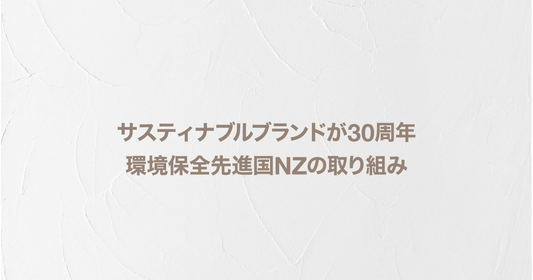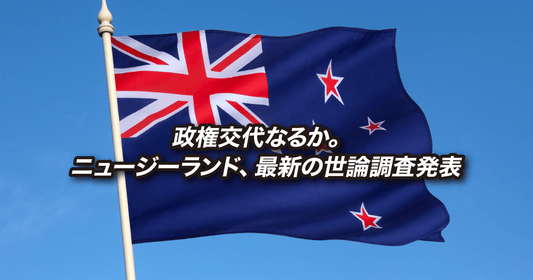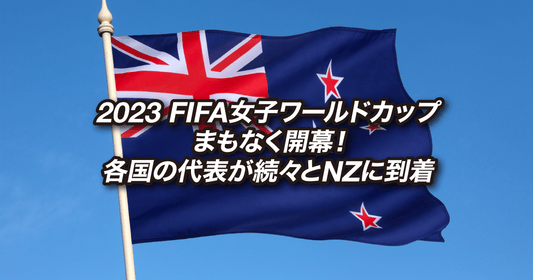
On December 9th, the Health Ministry in Japan announced a bill to ban the sale of tobacco to young people.
This could mean that people born after 2009 will become New Zealand's first generation to have never smoked.
This bill, which is the first of its kind in the world, made the news in Japan on the same day and is attracting attention from all over the world.
View this post on Instagram
New Zealand's anti-smoking policy
New Zealand banned smoking in all indoor public places in 2004. The price of cigarettes has also increased, and now it costs about 2,500 yen per pack.
According to the WHO's World Health Statistics 2021, the smoking rate among New Zealanders is about 15%, ranking 105th in the world (Japan is about 22%, ranking 76th in the world). The government is focusing on "Smokefree 2025," an initiative to reduce the smoking rate to below 5% by 2025.
To reduce smoking prevalence to below 5%
- Protecting children from tobacco marketing and promotion
- Reduce the demand for and supply of tobacco
- Supporting smokers to quit smoking
Aiming for enforcement in 2023
The bill is expected to pass parliament next year and come into force in 2023. The exact age group that will be banned from purchasing tobacco products for life is currently under consideration, but it is expected that those born in 2009 and turning 14 in 2023 or younger will be subject to the ban.
This was set because while there are many smokers in their late teens (and of course smoking is illegal in NZ), the smoking rate is less than 1% among those under 14. While providing support for those over 14 to quit smoking, it is expected that in the future, those under 14 will likely become a generation that has no history of smoking at all.
Even after the law comes into effect, cigarettes that are still sold will be regulated to have a lower nicotine content. Numerous clinical trials of low-nicotine cigarettes have been conducted, and the amount will be set based on those results. The aim is to gradually reduce the amount of nicotine and increase the number of people who quit smoking.
In addition, the current 8,000 retail outlets selling cigarettes will be reduced to around 500. In addition, tobacco advertising will also be restricted. The country is gradually moving towards achieving a 5% smoking rate.
Challenges remain to reduce smoking rate to below 5%
There are many challenges to reducing the smoking rate to 5% or less. First of all, many smokers are low-income earners or have poor mental health. There are more smokers among Maori and Pacific New Zealanders than European New Zealanders, and the highest percentage of smokers are Maori women, at 32%, followed by Maori men at 25%. Considering that the national smoking rate is less than 15%, this is a fairly large number.
The government plans to provide more practical smoking cessation measures, not just regulations, but also support for current smokers, and is considering setting up a special government support group for Maori and Pacific people in particular.
There are also concerns that tobacco is being traded illegally. The government will begin research into the size of the black market from March next year, and will of course impose penalties on illegal imports and sales.
The government says that most smokers want to quit smoking, and that it is more important than anything else to protect the lives of citizens by not only regulating tobacco sales and purchases, but also by improving support for quitting smoking. The bill to promote smoking cessation is expected to reduce the number of deaths from smoking-related diseases, which is currently around 4,000 to 5,000, by several thousand and reduce New Zealand's medical expenses by $5 billion (approximately 380 billion yen in Japanese yen).





